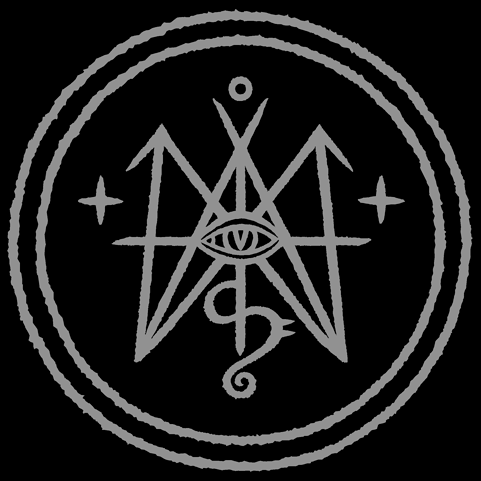A new Info Page on Aconite has been added to the Website along with a PDF for download
Family: Ranunculaceae
Genus: Aconitum
Related genera: Anemone, Aquilegia, Delphinium, Helleborus, Pulsatilla, Ranunculus
The poisonous plant genus Aconitum consists of at least a hundred different species and has an array of legends and folklore attributed to it.
Sometimes called ‘Queen of Poisons’ or ‘Plant Arsenic’, similar to how arsenic is considered a ‘King of Poisons’.
A distinction sometimes found concerns the names Monkshood and Wolfsbane. Some argue the original Wolfsbane is the white or yellow-flowered species Aconitum lycoctonum whereas the blue flowering Monkshood, Aconitum napellus is probably the better known of the two species and it is frequently found in medieval monastery gardens. The two species contain different poisons, which are however similar in effect.
Mythology and History
The Greek word akónitos is composed of ak = pointed and kônos = cone, an akon being a dart or javelin, perhaps a reference to the use as an arrow poison. Theophrastus suggests the name derived from the town of Aconæ (today assumed to be near Karadeniz Ereğli in Turkey). It may also have been named after Mount Akonitos in Pontus (Asia Minor), where the plant is said to have grown from the spittle of Cerberus, the three-headed watchdog of Hades, when the folkhero Heracles drew up the beast from his infernal abode. Homer (800 bc) gives the first account of this myth in the Illiad. Eight centuries later Ovid embellishes the story in Metamorphoses VII Continue reading Aconite Info
April 23, 2013
Posted In: Herbs & Seeds
Tags: aconite, herbalism, poisonous plants, articles & papers, Info



